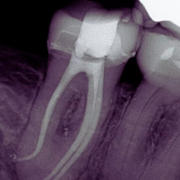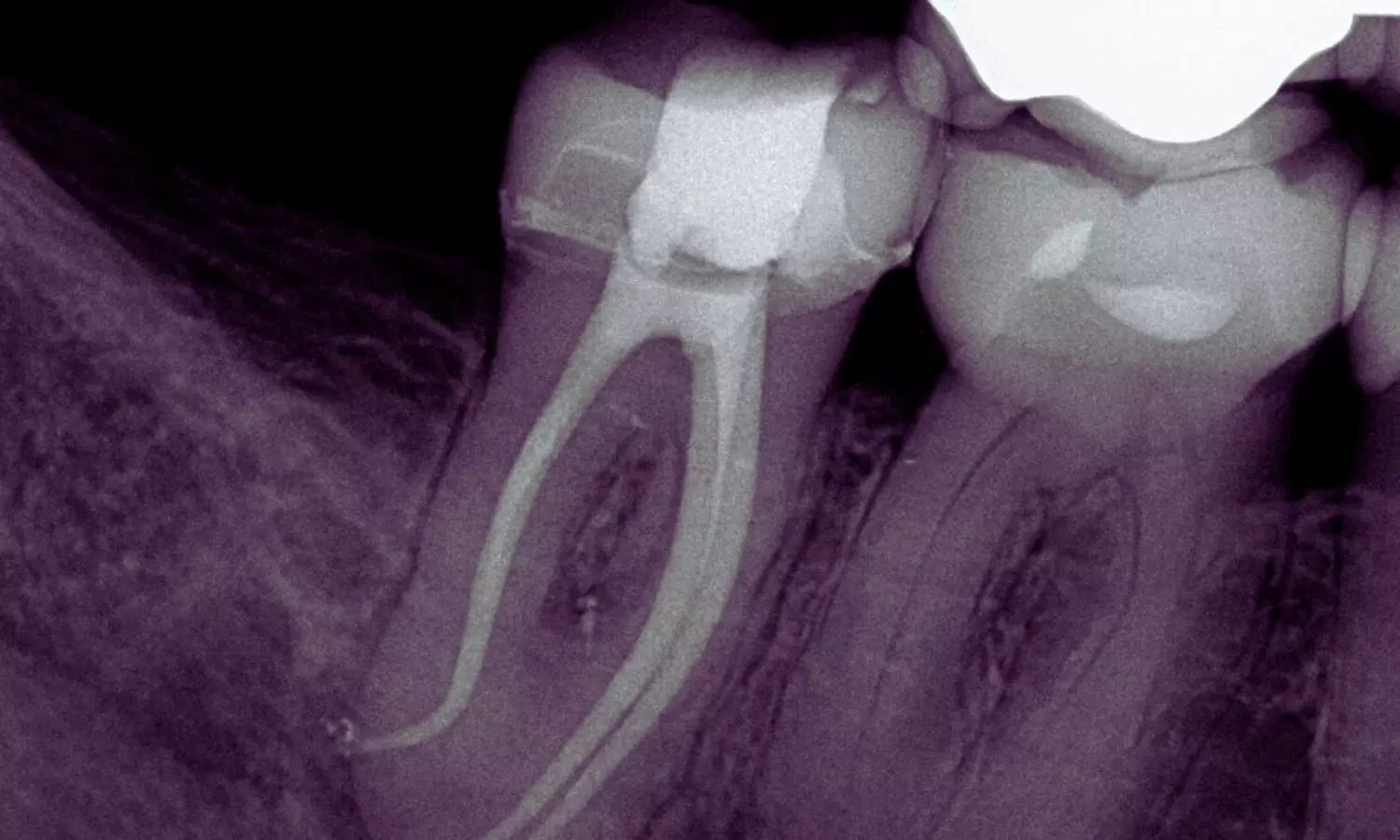
Researchers have found in a new study that people with Left Ventricular Assist Devices (LVADs) have an 11% to 47% higher risk of developing blood clots that can lead to stroke compared to the general population.
For people with advanced heart failure, left ventricular assist devices, or LVADs, can be a literal lifesaver.
The implantable devices, which improve blood flow throughout the body, are often the last treatment option for patients with advanced heart failure. More than 14,000 people have one, and with heart failure impacting 26 million people globally, their use is likely to grow.
Yet they come with risks: Compared to the general population, people with LVADs face an 11% to 47% higher risk of developing blood clots that can travel to the brain and cause a stroke.
It’s not clear why some LVAD patients have strokes while others don’t. But a new study led by engineers at CU Boulder, CU Anschutz and the University of Washington suggests the answer could lie in hemodynamics-the patterns of blood flow within the body.
The researchers created “digital twins” of real patients with LVADs to map their blood flow. Their findings revealed new insights into how strokes might emerge.
“We are in an age where there is quite a bit of data that we have access to, and we know a lot about how fluid moves through the arteries and veins,” said Debanjan Mukherjee, senior author of the study and assistant professor in the Paul M. Rady Department of Mechanical Engineering at CU Boulder. “We are looking at blood flow patterns as information that currently is not incorporated in clinical practice.”
Engineering concepts like fluid dynamics can offer a unique lens for looking at complex medical issues and provide information that other diagnostic tools might miss, the authors said.
“Knowledge gained from this study can help us develop patient-specific implant techniques to reduce the likelihood of stroke in patients with durable LVADs,” said Jay Pal, professor and chief of cardiac surgery at the University of Washington, and a co-author of the study.
Heart failure, LVADs and the risk of stroke
The body relies on a constant supply of fresh blood and oxygen to function. Heart failure occurs when the heart can no longer pump the amount of blood the rest of the body needs.
During a healthy heartbeat, the left ventricle of the heart constricts and pushes blood into the arteries, where it travels to the body’s organs, muscles and bones.
But in people with heart failure, the left ventricle can become weak and ineffective. An LVAD attaches directly to the heart, bypasses the left ventricle and pumps blood straight into the aorta, the biggest artery in the body.
LVADs can help patients live longer, healthier lives, but they can also raise the risk of blood clots. When blood stagnates in areas like the left ventricle, clots can easily form there and enter major blood vessels.
These clots can travel through the body and land in a variety of places, but the arteries supplying blood to the brain are an especially dangerous spot. Clots that get stuck there can restrict or cut off blood flow to parts of the brain and cause a stroke.
In the current study, supported by the National Institutes of Health and CU’s AB Nexus initiative, Mukherjee and his colleagues explored whether different blood flow patterns in people with LVADs could explain who does and doesn’t get strokes.
To answer this question, the research team, led by former graduate student Akshita Sahni of CU Boulder, collected data from 12 people with LVADs. Six had developed strokes after their LVAD implantation, and six had not.
The group created 3D digital twins of each LVAD patient using detailed imaging of the aorta, nearby blood vessels and the part of the LVAD that attaches to it. The researchers also integrated individual’s clinical information, such as blood pressure and heart rate, into the models.
“We are basically digitally recreating something that’s going on inside the body,” Mukherjee said.
Using the twins, the group was able to estimate the patterns of blood flow through each person’s aorta. They also simulated how blood might flow through the same people before they got their LVADs.
The researchers found differences in blood flow patterns between the patients who had strokes and those who did not, both before and after they had LVADs implanted.
The team also found the LVADs changed the blood flow patterns in each patient, creating a “jet” that pushed blood into the aorta at a different angle than normal blood flow from the heart.
What this means for the future
Such differences in blood flow could help shed light on LVAD patients’ risk level for stroke. For example, varied blood flow patterns might make some people more prone to areas of stagnation, where blood platelets may more easily stick onto gel-like networks of proteins in the blood and form clots.
The findings could help improve treatments and outcomes for people with heart failure. With this information, health care providers can personalize how they surgically implant and monitor LVADs in their patients. They might also be able to anticipate their patients’ level of risk and provide more customized treatments for each person.
Mukherjee and his collaborators are planning additional research on the topic, but he emphasized that some of this work will only be possible with federal support and funding.
“In these times, it is important to remember how much federal agency support means to getting studies like these completed and developed further,” he said.
Reference:
Akshita Sahni, Sreeparna Majee, Jay D. Pal, Erin E. McIntyre, Kelly Cao, Debanjan Mukherjee, Hemodynamics indicates differences between patients with and without a stroke outcome after left ventricular assist device implantation, Computers in Biology and Medicine, https://doi.org/10.1016/j.compbiomed.2025.109877.




















